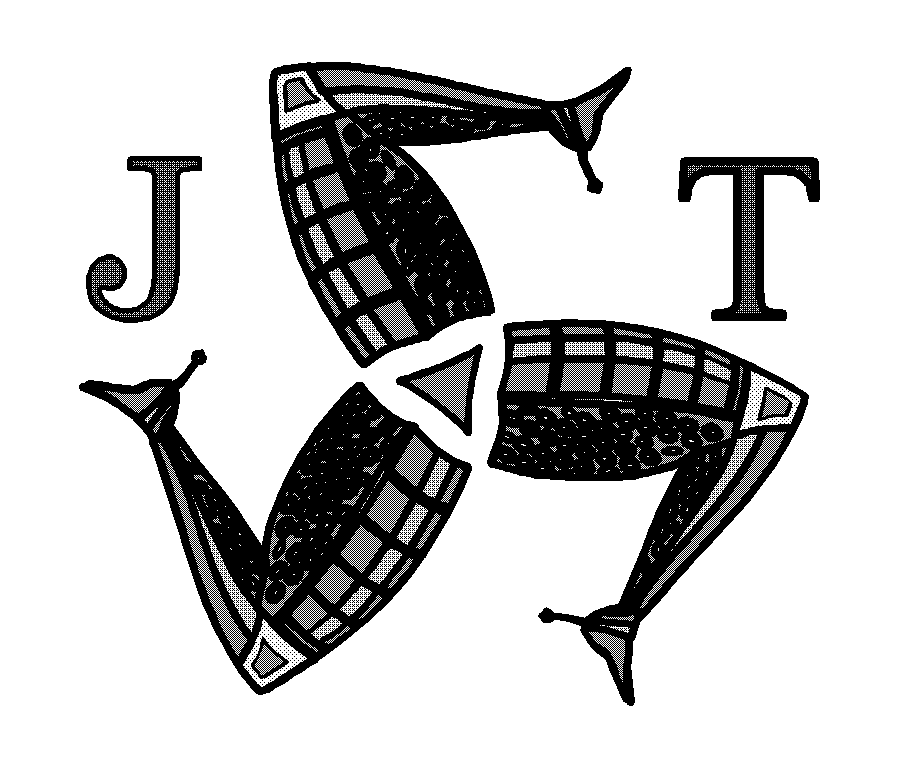Done a bit more rummaging.
Seems there were three Sheffield Tyzack businesses, all originating from the same family roots. Joseph Tyzack, W.A.Tyzack and W.Tyzack, Sons and Turner. There was another brach of the family (Henry Tyzack) who moved to London in the mid 1800s, founding another dynasty. BPM2 lists two London firms, Henry Tyzack (53 Old Street), and S.Tyzack (Samuel, later Samuel and Son) at 153 Shoreditch, later 8 Old Street, and sometime about 1926 til 1976 at 341-345 Old Street. There was also another, C.W.Tyzack, close to the others; according to the Hackney Tools link, it's still going, though not under Tyzack family ownership.
From somewhere (it may have been a freebie with a woodworking magazine) I have a copy of catalogue dated 1990 from Romany Tyzack. They list 4 companies;
Romany Tyzack, 52-56 Camden High Street
Parker Tyzack, 107 Rushey Green, Catford
Parry Tyzack, 329 Old Street and 15 Borough High Street (this was the holding company, according to the catalogue)
Hall Tyzack, 88-92 Merton High Street, and five other locations - Bath, Bristol, Taunton, Cardiff and Plymouth.
(Romany Tyzack's main business was cabinet fittings, but they offered tools too. The catalogue illustrates Ulmia try-squares, Perfect pattern screwdrivers, and London pattern turnscrews (3" - 18" blades). This must be the latest catalogue offering new London pattern turnscrews I've seen.)
So - London Tyzack history gets complicated!
I know that between the wars, one of the London Tyzacks (S.Tyzack) offered small modelmaker's metalturning lathes under the brand name 'Zyto', which they made themselves -
http://www.lathes.co.uk/zyto/index.html . It could well be that they offered other tools made in the same workshop. It's also the case that many engineering firms were looking for any work they could get in the 1920s and 1930s.
I'll place a small bet that the router in question was made either by S Tyzack, or by an unknown engineering company for one of the London Tyzack ironmongery businesses. That would explain it's shortcomings - someone was working outside their usual field of expertise, and did the job at a low price just to get some work. Perhaps if anyone can locate any Tyzack of London advertisments in 1920s or 1930s woodworking magazines, they might yield an answer?









